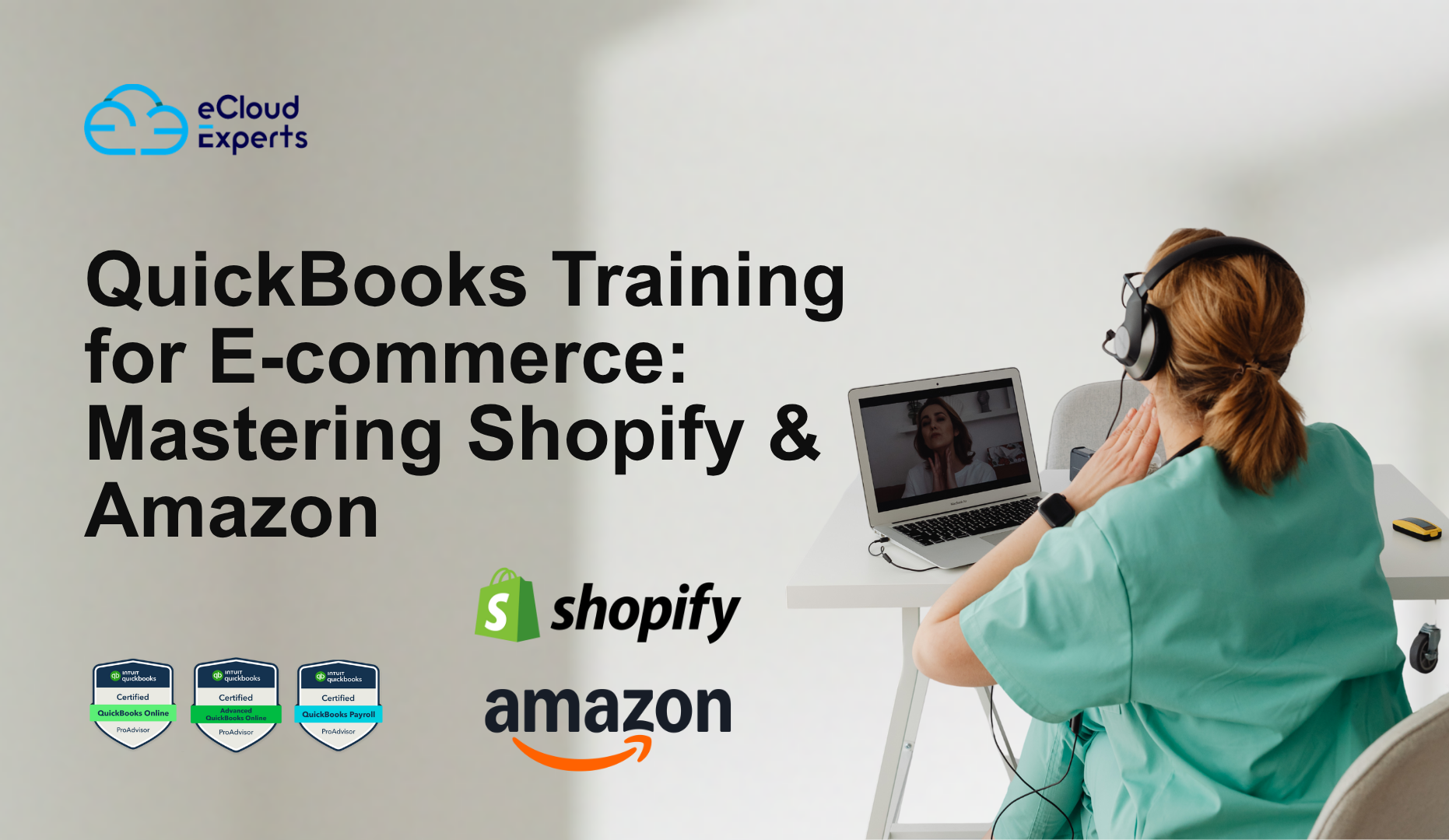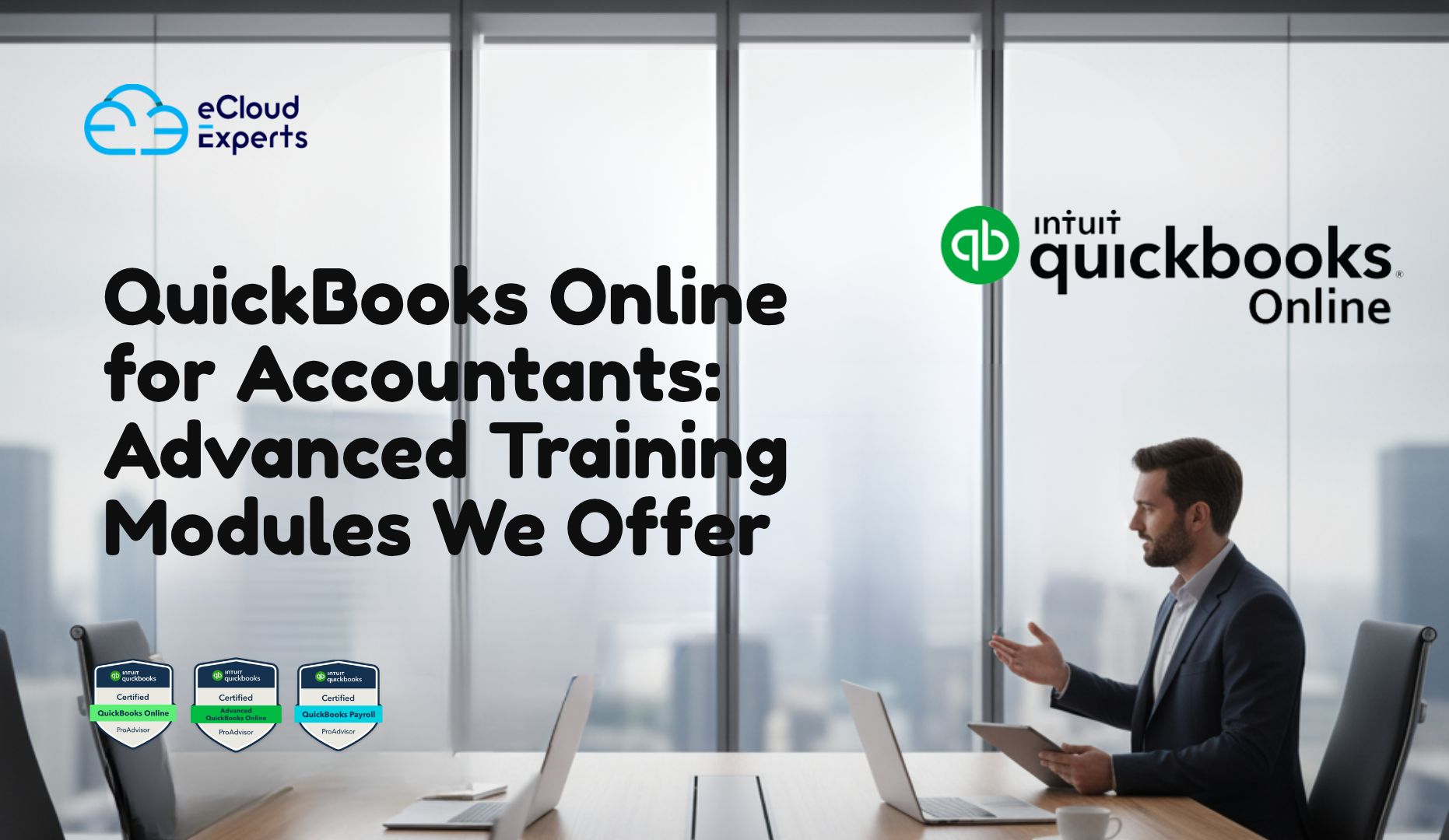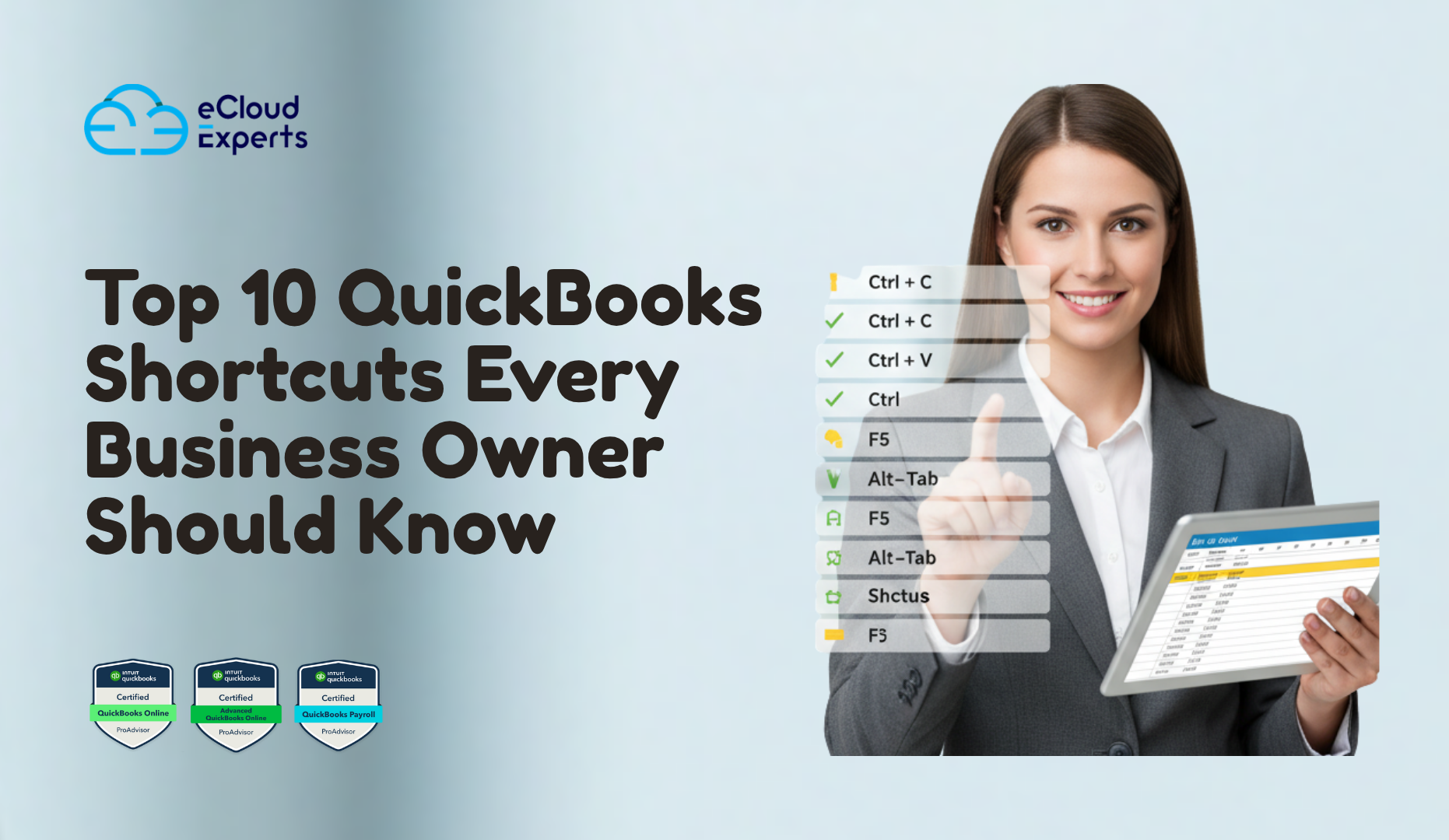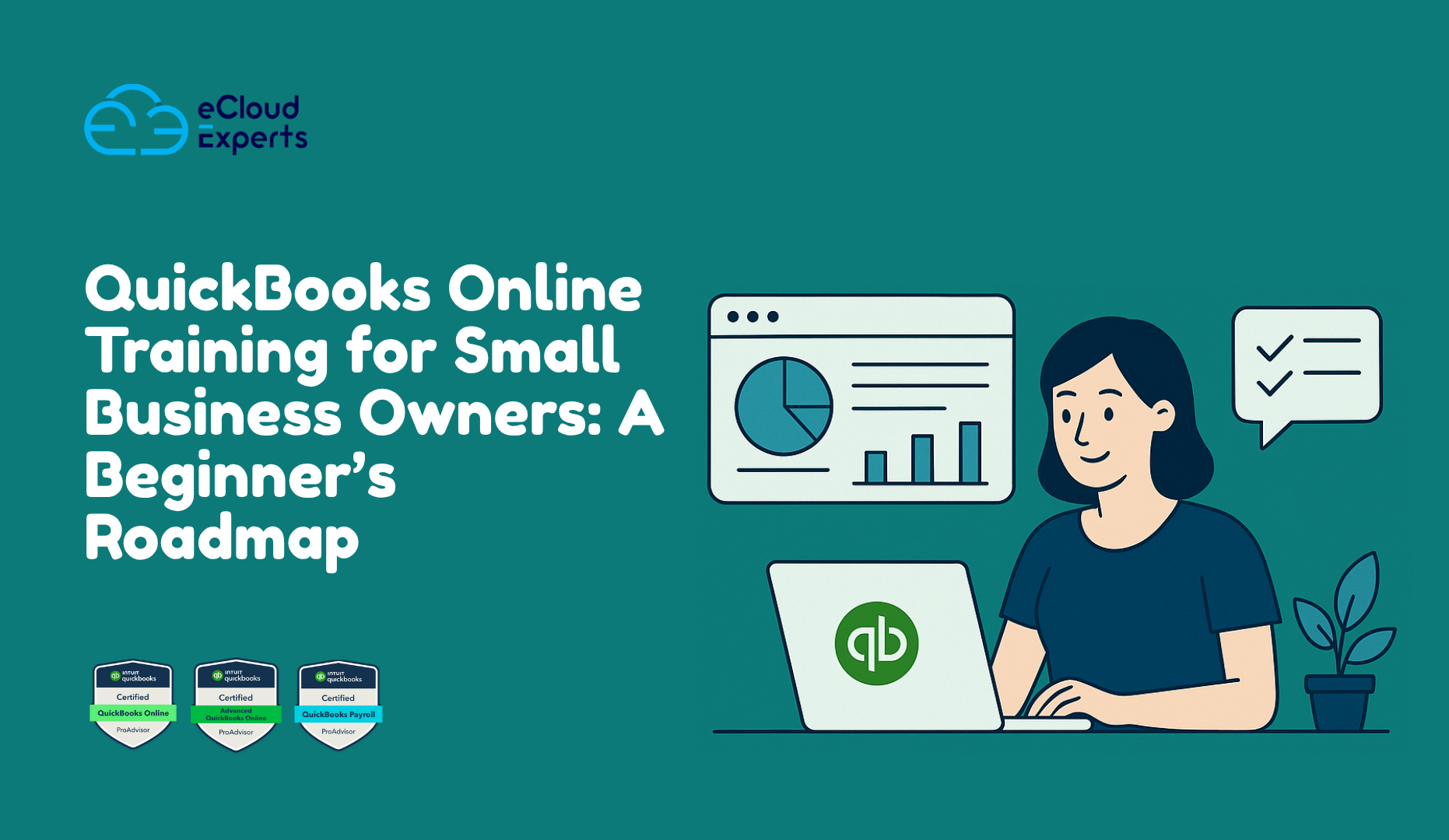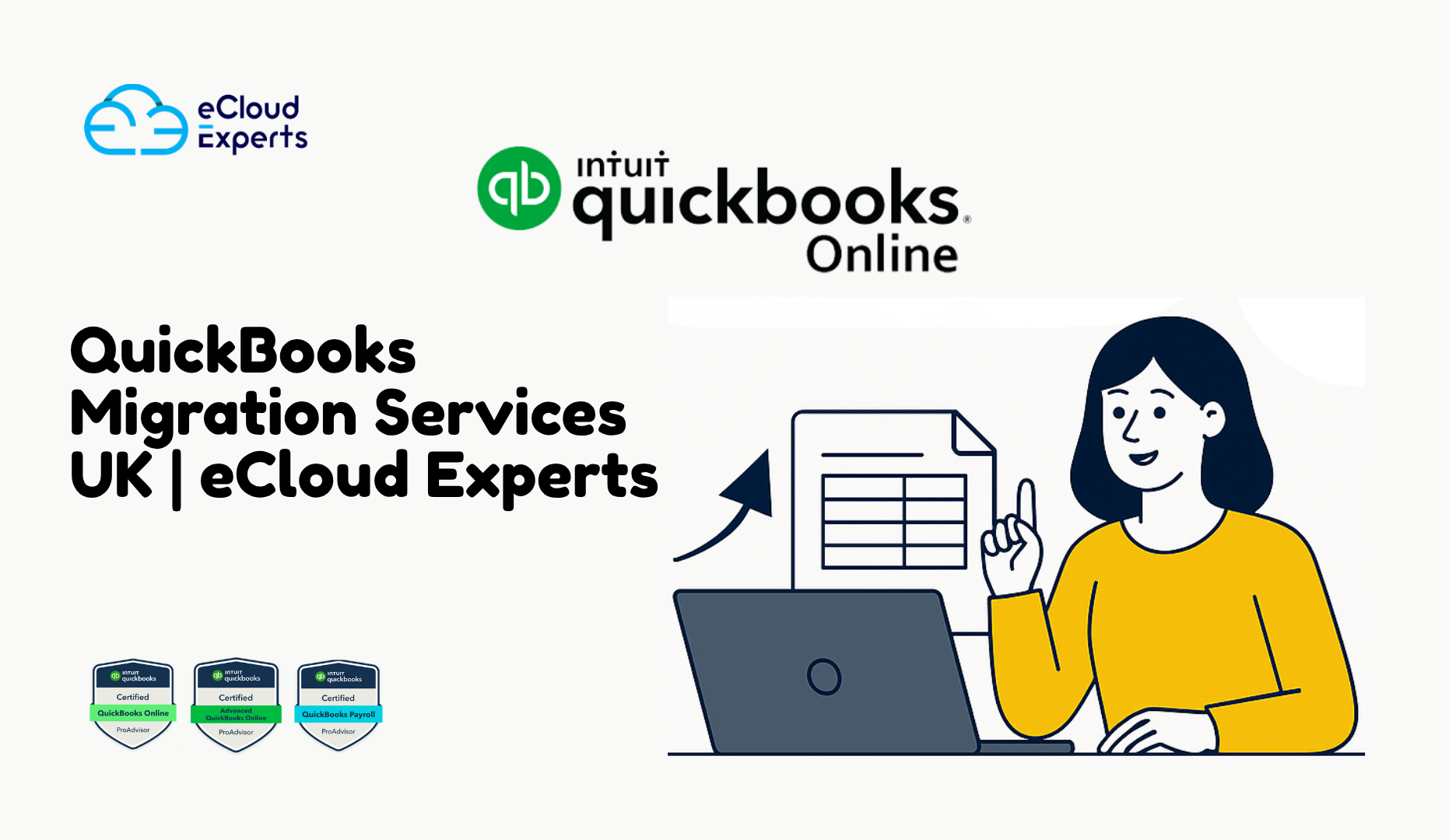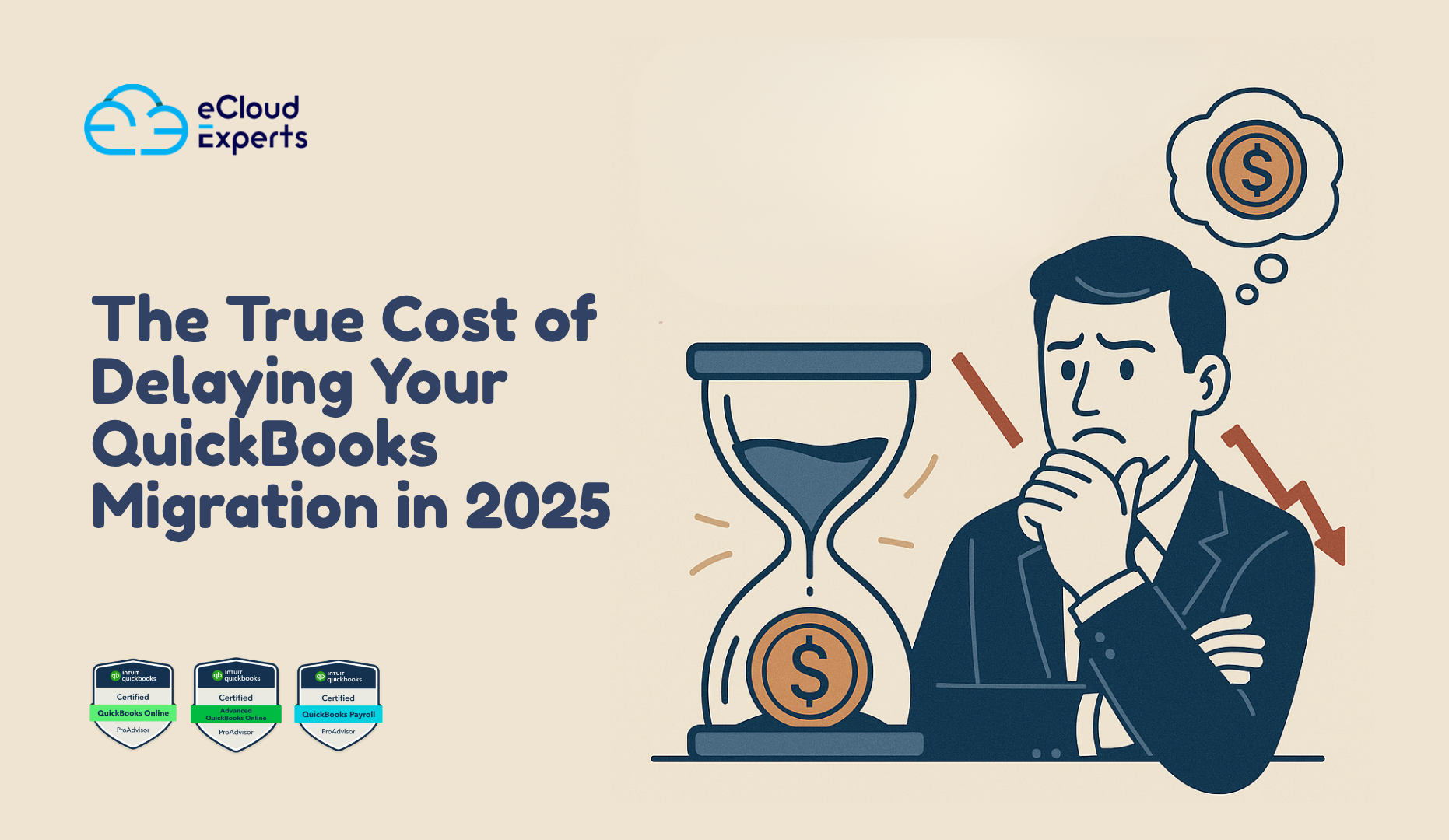Are you feeling stuck with FreeAgent? You’re not alone. Thousands of UK businesses are making the switch to Xero every year to enjoy more flexibility, better reporting, and seamless integrations.
Whether you’re a freelancer, small business owner, or an accountant managing multiple clients, switching from FreeAgent to Xero can open the door to a world of enhanced functionality and cloud-based convenience. But if you’re wondering how to migrate FreeAgent to Xero without stress or data loss, you’re in the right place.
This comprehensive FreeAgent to Xero migration guide walks you through the why, how, and what to watch out for during the transition process. By the end of this article, you’ll have all the information you need to make an informed, confident FreeAgent to Xero switch.
Why Businesses Are Choosing to Switch from FreeAgent to Xero
The accounting software landscape is evolving, and with it, business needs. Choosing the right platform is more than just a technical upgrade it’s a strategic business move. Many businesses are transitioning from FreeAgent to Xero to take advantage of deeper financial insights, enhanced scalability, and better connectivity across tools and platforms.
1. Advanced Reporting Features
While FreeAgent is user-friendly, it lacks the depth of financial reporting that Xero offers. Xero provides more robust and customisable reports, enabling clearer visibility into profit margins, expenses, cash flow forecasts, and much more. This is especially valuable for accountants, bookkeepers, and growing businesses needing tailored insights.
2. App Ecosystem & Integrations
Xero’s rich ecosystem supports over 1,000 third-party applications, making it easier for businesses to connect tools they already use. Whether it’s eCommerce (Shopify), payments (Stripe), marketing (HubSpot), or payroll services, Xero seamlessly integrates with a wide variety of software.
3. User Experience & Interface
Xero’s clean and intuitive interface makes day-to-day accounting more accessible. Features such as dashboard widgets, customisable layouts, and drag-and-drop uploads reduce manual effort and improve usability.
4. Multi-Currency & Global Scalability
Unlike FreeAgent, Xero supports multi-currency functionality, making it ideal for businesses trading internationally. Exchange rates update in real time, ensuring financial accuracy.
5. Cloud Accounting Migration Made Easy
Cloud accounting isn’t just about working remotely. It’s about collaboration, real-time access to financials, and the ability to manage your business from any device. Xero is optimised for this, helping business owners stay connected and make decisions faster.
Planning Your FreeAgent to Xero Migration
Migrating from one accounting software to another isn’t a decision you should take lightly. Preparation is essential to ensure a smooth, disruption-free transition. Let’s look at how to plan your FreeAgent to Xero migration properly.
1. Assess Your Current FreeAgent Data
Begin by identifying the core data you’ll need to migrate. This includes contacts, invoices, bank transactions, expense records, VAT returns, and payroll data. Make a list of essential reports and documents that will be referenced after the switch.
2. Set a Migration Date
Choosing the right time to migrate is crucial. Ideally, plan the migration at the end of a VAT quarter, fiscal year, or a low-activity period. This reduces complications when reconciling balances or finalising tax reports.
3. Notify Stakeholders
Ensure everyone involved—bookkeepers, accountants, team members—are aware of the migration plan. Their input can help prevent data loss and improve post-migration accuracy.
4. Choose a Professional Migration Service
While it’s possible to perform the migration yourself, using a specialist provider like eCloud Experts ensures a smooth and accurate transfer. We handle everything from data cleaning to system configuration and post-migration support.
Step-by-Step: How to Migrate FreeAgent to Xero
Migrating from FreeAgent to Xero involves several key steps, each crucial to maintaining data integrity and ensuring financial continuity.
Step 1: Export Data from FreeAgent
Using FreeAgent’s export tools, download the necessary data:
- Trial balance
- Customers and suppliers (Contacts)
- Chart of accounts
- Outstanding sales invoices and purchase bills
- Bank statements (CSV format)
- VAT reports and payroll summaries
Step 2: Clean and Organise Your Data
Before importing into Xero, review and clean your data. Remove outdated contacts, standardise naming conventions, and ensure the chart of accounts aligns with Xero’s structure.
Step 3: Set Up Xero
Set up your Xero organisation by configuring:
- Chart of accounts
- VAT settings
- Payroll module (if applicable)
- User roles and permissions
- Bank feeds and financial year details
Step 4: Import Your Data into Xero
Using Xero’s import templates or migration tools, upload your data. For a full-service experience, your migration partner will handle bulk imports, custom mappings, and reconciliation.
Step 5: Reconcile and Validate
After import, validate that all balances are correct. Run trial balances, review aged receivables/payables, and ensure that VAT and bank reconciliations match historical records.
What Data Can Be Migrated?
Not all data types from FreeAgent have a one-to-one mapping in Xero. Below is an overview of what you can typically migrate:
| Data Type | Migratable? |
| Chart of Accounts | Yes |
| Contacts | Yes |
| Bank Transactions | Yes |
| Sales Invoices | Yes |
| Purchase Bills | Yes |
| Payroll Data | Limited |
| VAT Schemes | Yes |
| Projects | No |
| Time Tracking | No |
Projects and time tracking often require manual entry or the use of a dedicated app post-migration.
Common Challenges in FreeAgent to Xero Switch
Switching accounting platforms comes with challenges, but knowing them in advance helps you prepare.
1. Data Formatting Issues
Each platform has its own format requirements. Ensure your CSV files match Xero’s import templates. Errors in columns or data types can cause rejections.
2. Historical Data Gaps
Certain elements like notes, attachments, or specific user-defined fields may not migrate automatically. Consider exporting and archiving these separately.
3. Bank Feed Set-Up Delays
New bank feeds in Xero may take 1–5 days to activate, depending on your bank. During this time, use manual uploads to maintain accurate reconciliation.
4. VAT Return Reconciliation
Make sure to file your last VAT return in FreeAgent and note your closing VAT position. Set the correct VAT scheme in Xero to avoid duplicate submissions.
Why Use eCloud Experts for Your FreeAgent to Xero Migration?
Migrating with eCloud Experts gives you:
- Access to Xero Certified Advisors
- Peace of mind with 1000+ successful migrations
- Full pre-migration assessment and post-migration review
- Ongoing training and support
- Customised setup tailored to your business and industry
Our team ensures every FreeAgent to Xero migration is secure, timely, and aligned with best practices.
Post-Migration Checklist
Once migration is complete, follow this checklist to get up and running on Xero efficiently:
- Update invoice and email templates with your branding
- Recreate recurring invoices and bill payments
- Integrate payment gateways like Stripe or PayPal
- Add users and set access permissions
- Reconnect bank feeds
- Schedule team training on new workflows
- Run financial reports to verify data consistency
Real-World Example: How a Small Consultancy Transformed Its Accounting
James runs a small consulting firm in Manchester. He found FreeAgent increasingly limiting as his client base grew. With no real-time project tracking and limited custom reports, he turned to eCloud Experts for a FreeAgent to Xero migration.
After switching:
- Reporting became more insightful
- Bank feeds and expense tracking were automated
- Collaborating with his accountant became easier
- He saved over 10 hours/month in admin
James’s firm now operates more efficiently and confidently thanks to better financial visibility and automation.
FAQs About FreeAgent to Xero Migration
1. Is it possible to migrate FreeAgent to Xero mid-year?
Yes. Many businesses migrate mid-year, but make sure to file all necessary tax and VAT returns before transitioning.
2. Will I lose any data during migration?
Core financial data can be migrated, but notes, file attachments, and some project details may not transfer. We help you plan for this.
3. How long does a typical FreeAgent to Xero migration take?
It usually takes 3–7 working days depending on the complexity and volume of your data.
4. Can I still access FreeAgent after switching to Xero?
Yes, your FreeAgent account remains accessible in a read-only format for a period, depending on your subscription.
5. Do you offer training after migration?
Yes. Our team provides tailored Xero training sessions to help you and your staff become proficient quickly.
Ready to Make the Switch?
Switching from FreeAgent to Xero is more than a software upgrade it’s a step toward smarter, more efficient financial management. Whether you’re scaling your business, collaborating with an accountant, or simply want better reporting and automation, Xero is a future-proof solution.
With expert help from eCloud Experts, your transition will be smooth, timely, and accurate.



